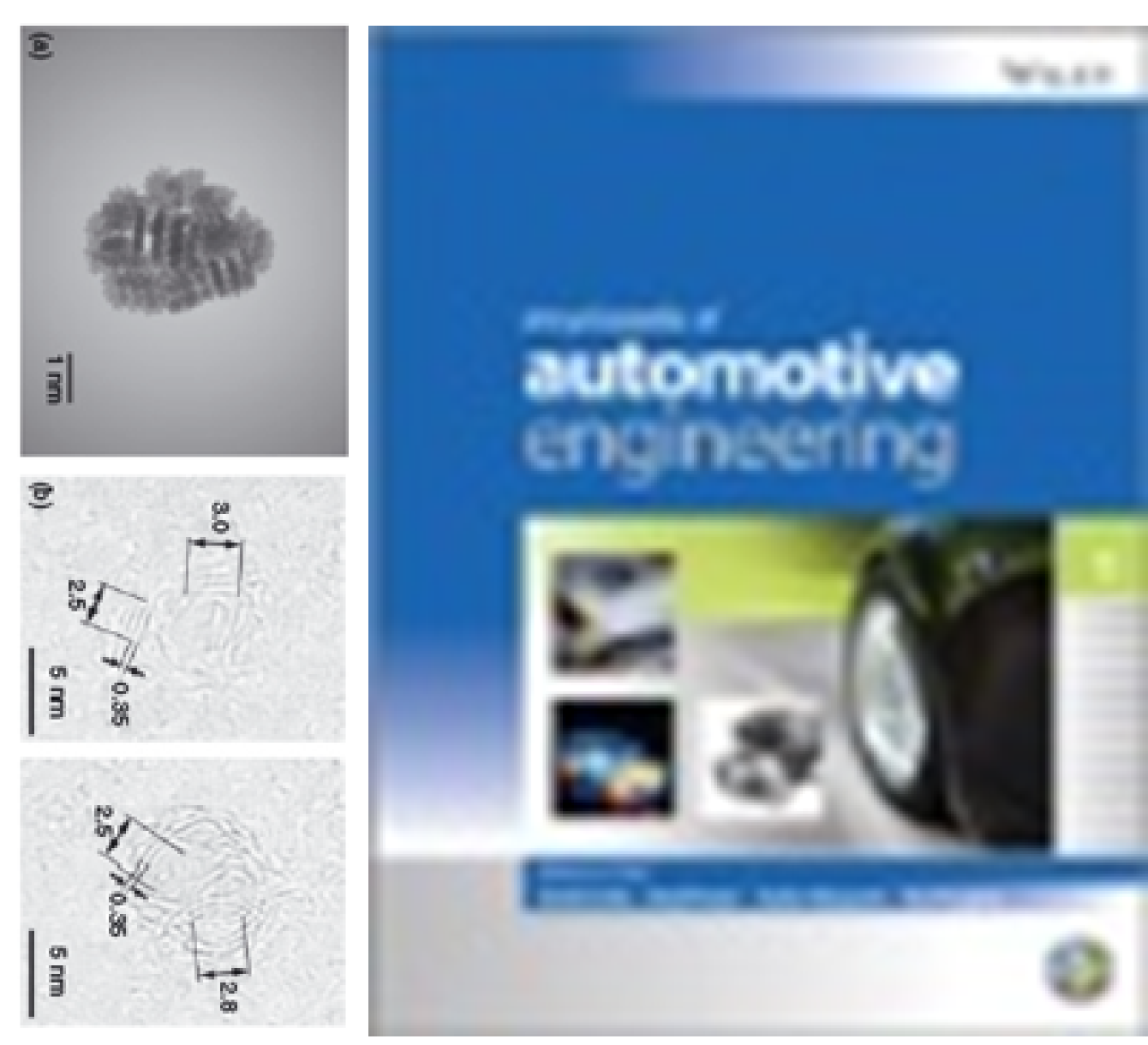Technical Report 142, c4e-Preprint Series, Cambridge
Particle Formation and Models in Internal Combustion Engines
Reference: Technical Report 142, c4e-Preprint Series, Cambridge, 2014
- Formation mechanism of aerosols in IC engines
- Role of fuels in particle formation
- Models of particle formation in IC engines
- Formation of solid and semi-volatile nucleation mode
 This article reviews work on aerosols originating from internal combustion engines
with an emphasis on soot formation during in-cylinder combustion. Mathematical
models of particle formation in engines and remaining modeling challenges
are also discussed. Aerosols are formed during combustion in the cylinder, in the
exhaust system and after the tailpipe. Specific mechanisms include the injection
of fuel, formation and oxidation of particles during combustion, exhaust gas recirculation
(EGR) and condensation of semi-volatiles. The role of fuels is discussed
with respect to their ignition behavior as a consequence of mixture preparation in
the cylinder and with respect to their sooting propensity. Models for the formation,
growth and oxidation of soot particles are presented and the most popular mathematical
approaches for simulating particle emissions are introduced. Solid and semivolatile nucleation mode particles are also discussed in some detail. Key drivers in the formation of these particles are lubricating oil metals and sulfur in the fuel and
oil. Particle emissions of different types of gasoline engines with and without aftertreatment
are also mentioned and compared with diesel engine emissions. Some of the short comings of the current models and future research areas are highlighted
at the end.
This article reviews work on aerosols originating from internal combustion engines
with an emphasis on soot formation during in-cylinder combustion. Mathematical
models of particle formation in engines and remaining modeling challenges
are also discussed. Aerosols are formed during combustion in the cylinder, in the
exhaust system and after the tailpipe. Specific mechanisms include the injection
of fuel, formation and oxidation of particles during combustion, exhaust gas recirculation
(EGR) and condensation of semi-volatiles. The role of fuels is discussed
with respect to their ignition behavior as a consequence of mixture preparation in
the cylinder and with respect to their sooting propensity. Models for the formation,
growth and oxidation of soot particles are presented and the most popular mathematical
approaches for simulating particle emissions are introduced. Solid and semivolatile nucleation mode particles are also discussed in some detail. Key drivers in the formation of these particles are lubricating oil metals and sulfur in the fuel and
oil. Particle emissions of different types of gasoline engines with and without aftertreatment
are also mentioned and compared with diesel engine emissions. Some of the short comings of the current models and future research areas are highlighted
at the end.
Material from this preprint has been published in Encyclopedia of Automotive Engineering.
PDF (1.8 MB)



